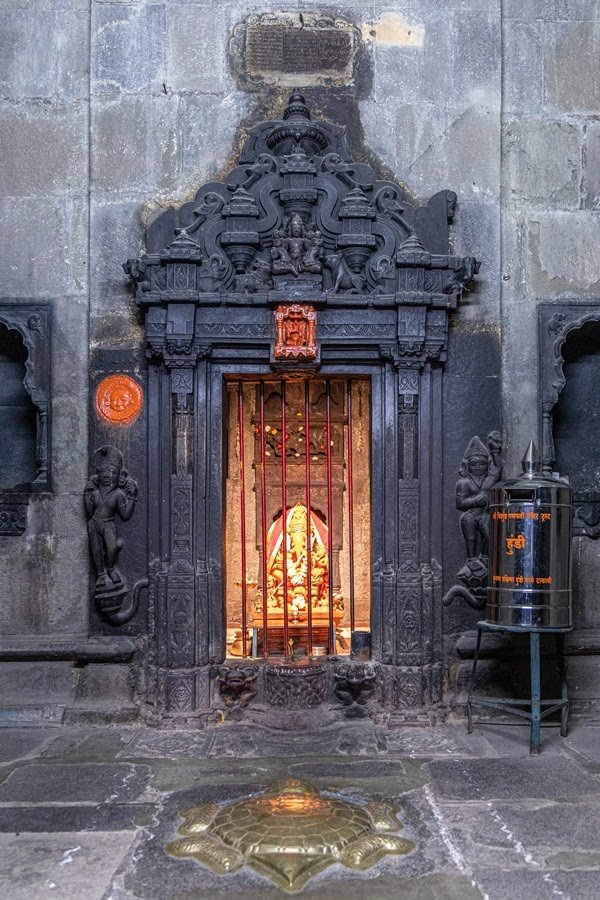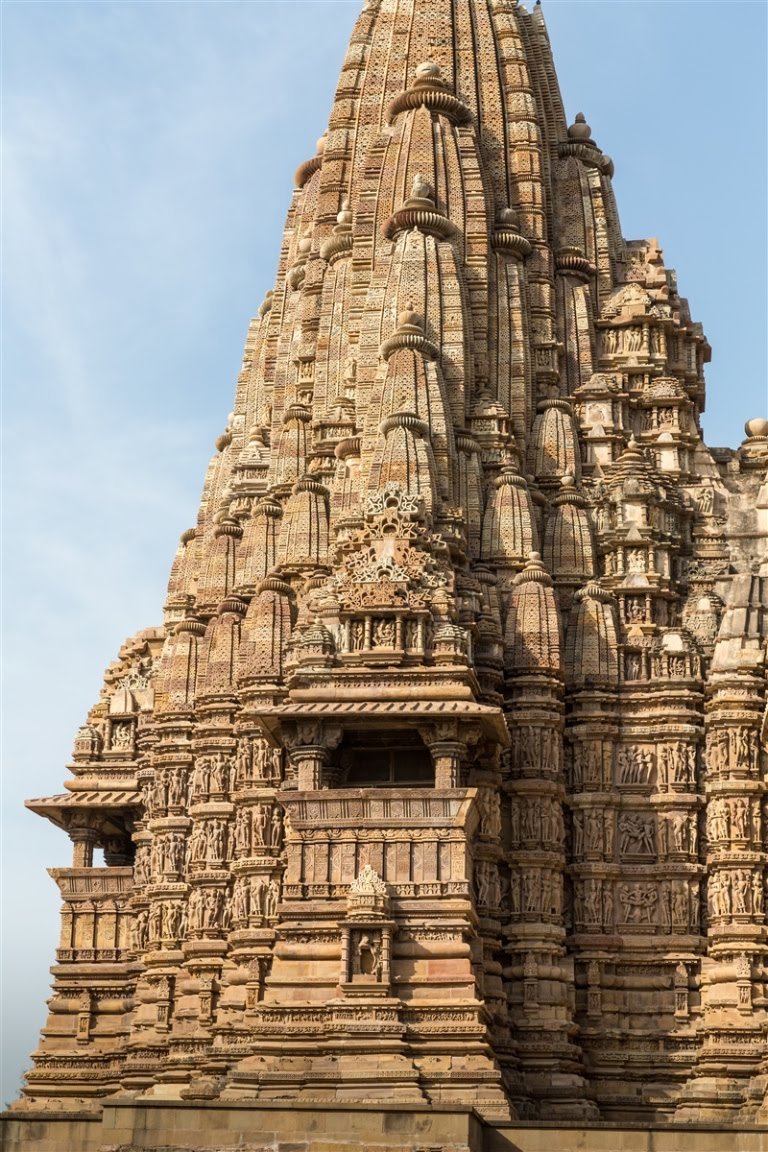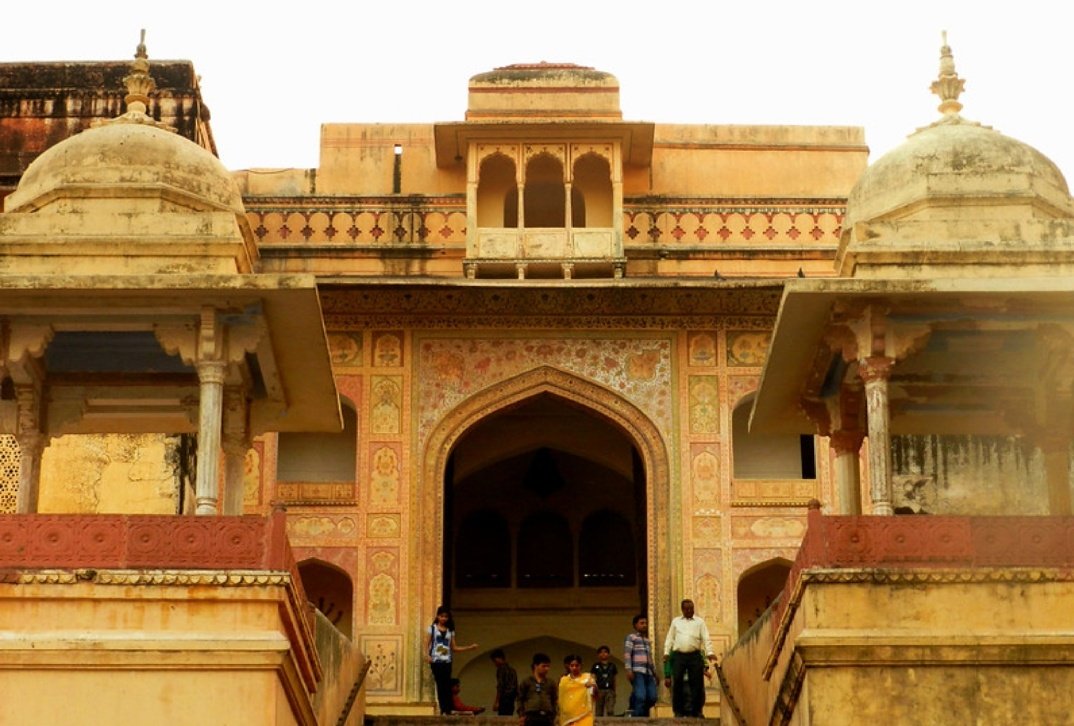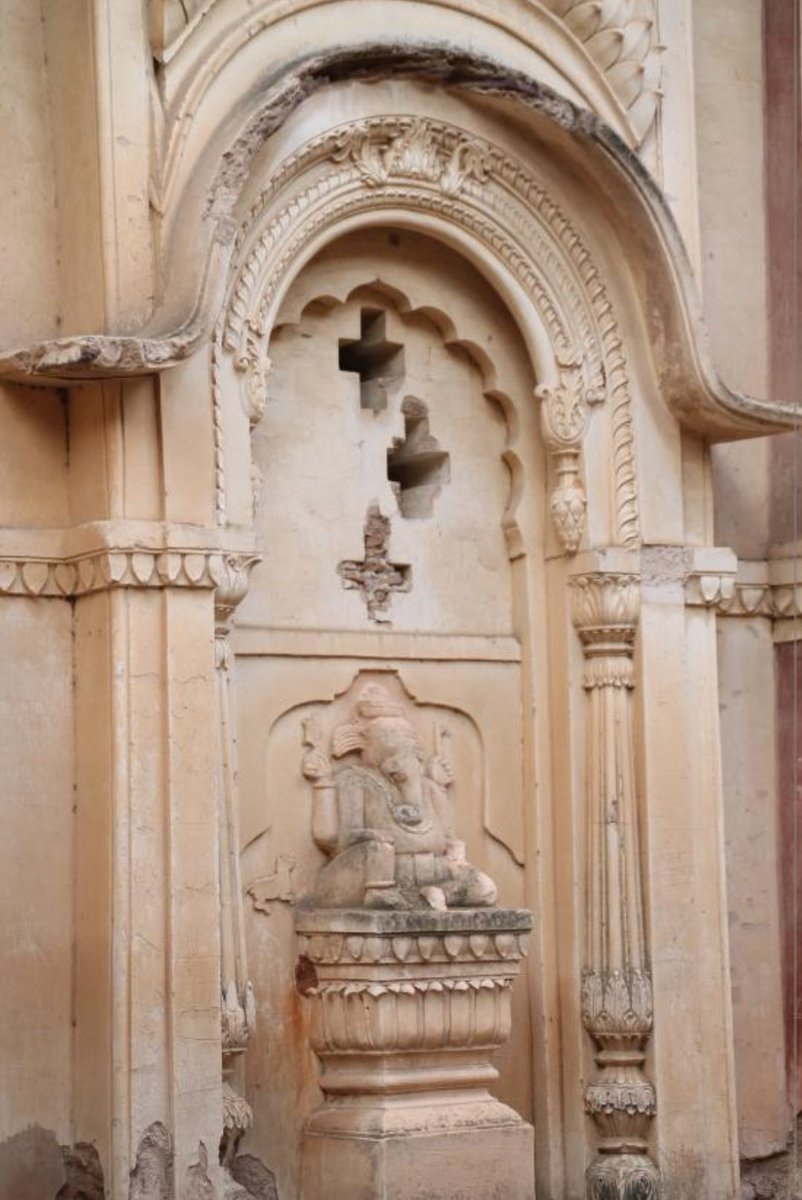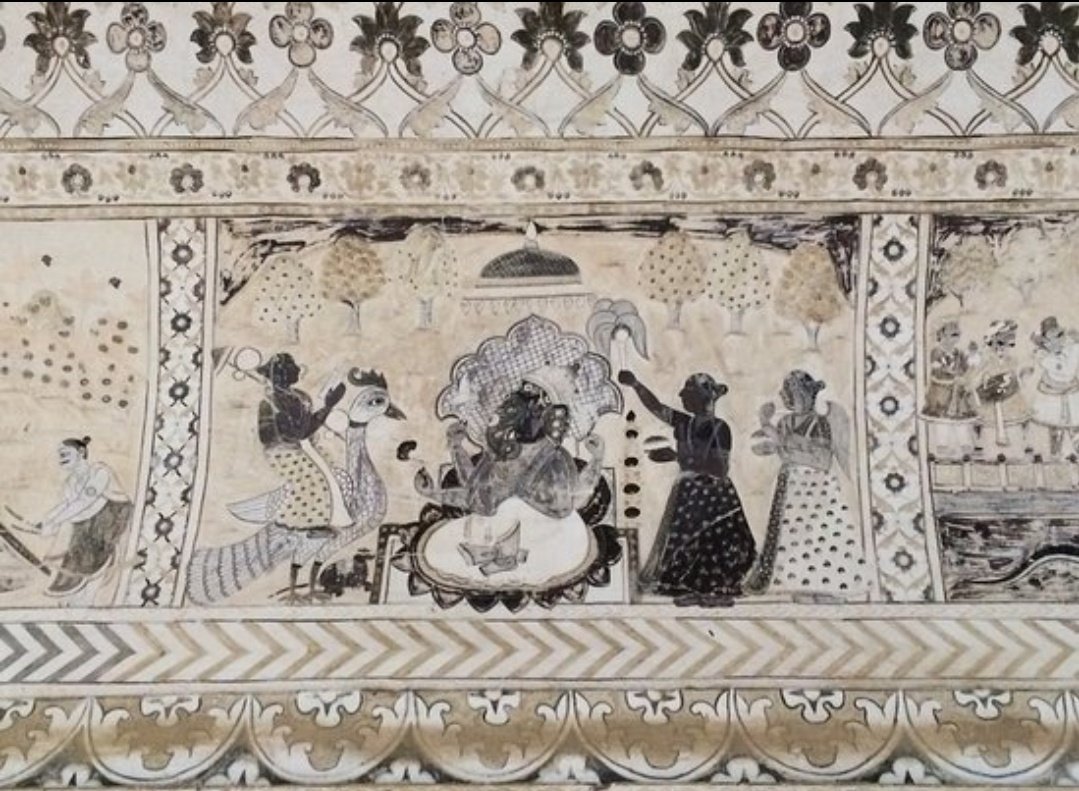📷: "Kanishka casket", dated to 127 CE, with the Buddha surrounded by Brahma and Indra, and Kanishka standing at the center of the lower part. Kanishka casket is Buddhist reliquary made in gilded copper & dated to the first year of the reign of the Kushan emperor Kanishka.
1/1
1/1

Kanishka Casket was discovered in a deposit chamber under Kanishka stupa during archeological excavations in 1908-1909 in Shah-ji-Dheri. It is said to have contained 3 bone fragments of the Buddha.
📷Detail of the Buddha, surrounded by cherubs, with devotee or bodhisattava.
2/2
📷Detail of the Buddha, surrounded by cherubs, with devotee or bodhisattava.
2/2

📷1: Indra, Buddha, Brahma trilogy.
📷2: Kanishka, surrounded by the Sun-God and the Moon-God.
📷3: Buddha relics from Kanishka's stupa in Peshawar, Pakistan, sent by the British to Mandalay, Burma in 1910.
3/3
#HistoryEncyclopedia #विरासत_ए_हिंदुस्तान #History


📷2: Kanishka, surrounded by the Sun-God and the Moon-God.
📷3: Buddha relics from Kanishka's stupa in Peshawar, Pakistan, sent by the British to Mandalay, Burma in 1910.
3/3
#HistoryEncyclopedia #विरासत_ए_हिंदुस्तान #History



• • •
Missing some Tweet in this thread? You can try to
force a refresh



